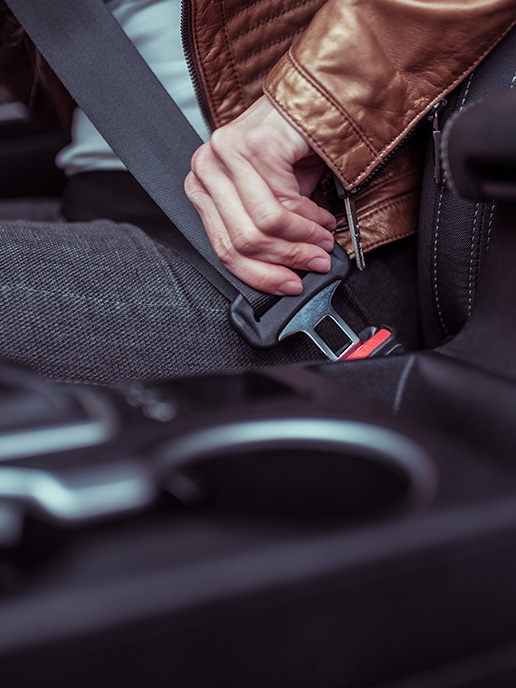Earlier in 2021, the Supreme Court ruled that Uber drivers are not self-employed but have workers’ rights.
We outline the case and its wider implications.
The range of statutory employment rights that a person in the UK enjoys depends on their employment status. There are currently three types recognised in employment law:
- employee (with full employment rights)
- worker (with some employment rights, such as the right to be paid statutory holiday and the National Minimum Wage)
- self-employed (who are largely outside the scope of employment law and do not have these statutory rights)
While basic definitions of ‘employee’ and ‘worker’ are contained in legislation, detailed tests of an individual’s employment status are only set out in case law (tax law, by contrast, does not differentiate between employees and workers; only the self-employed are in a separate category).
Recent court and tribunal cases have been concerned with whether people working in the ‘gig economy’ are workers or self-employed for employment law purposes, and one of the most high-profile of these cases concerned the issue of Uber drivers. Uber sought to categorise their drivers as being self-employed, arguing that they serve their own clients. However, the Supreme Court has unanimously ruled that the original employment tribunal hearing was correct to find that the drivers were, in fact, workers, with a right to receive the National Minimum Wage and be paid statutory holidays, on account of a relationship of subordination between Uber and its drivers.
In handing down the judgment, Lord Leggatt focused on five key reasons for finding that the drivers were workers for the duration of time they were logged on to the app and available to accept work:
- The drivers had no say over their fares, which were set by Uber.
- A standardised written agreement (described as a ‘service agreement’), which they are not able to renegotiate, is essentially imposed on drivers.
- Uber exercises a significant amount of control over drivers, including penalising those who decline or fail to accept a certain number of trip requests.
- Uber dictates the way in which drivers should deliver their service and uses a rating system for drivers. Falling below a minimum rating leads to a series of warnings and, ultimately, may result in termination of the contract. Complaints from passengers are handled not by the driver, but by Uber, who will often deal with them without even referring to the driver, and this sometimes leads to a reduction in a driver's pay.
- Communication between passengers and drivers is restricted by Uber, preventing the formation of any future relationship between the driver and passenger outside their journey.
This case is primarily of significance only to employers using technology platforms, such as apps, in the ‘gig economy’. However, it is a reminder that tribunals in the UK will apply the relevant statutory tests of employment status, as further developed in case law, to the detailed facts of the cases that come before them. They will attempt to identify the true reality of the relationship, irrespective of how carefully drafted contractual documents seek to represent that relationship.
In other words, the wider significance of this case, as far as employers and businesses are concerned, highlights that redrafting contracts in an attempt to ensure that individuals are considered self-employed, rather than workers or employees, will not wash with the courts or tribunals.
For a business to prove to a court or tribunal that the individuals they engage are truly self-employed, consideration will be given to the true nature of the working relationship between the parties, based on the facts.
